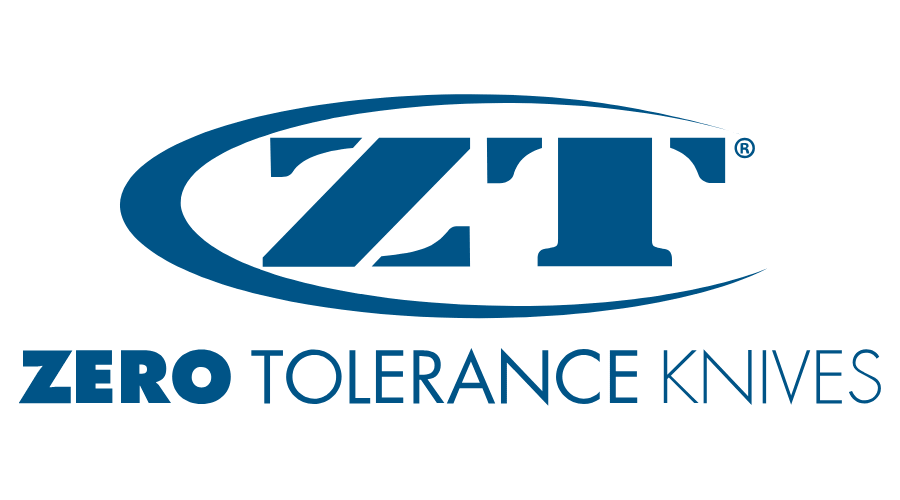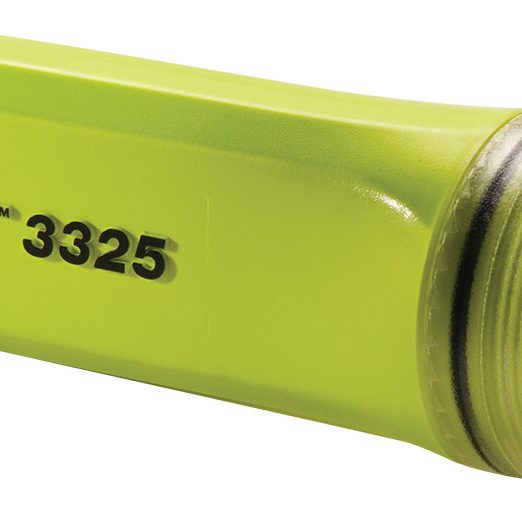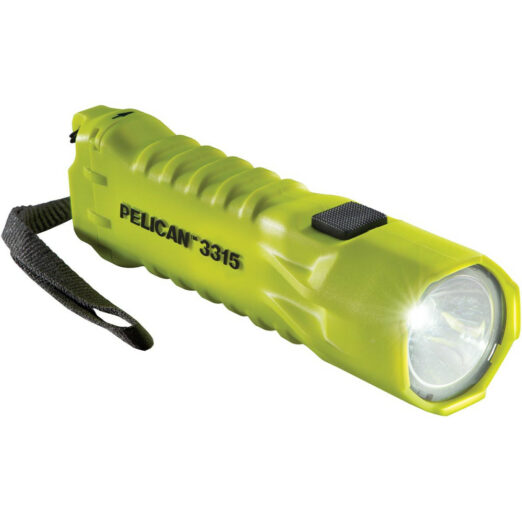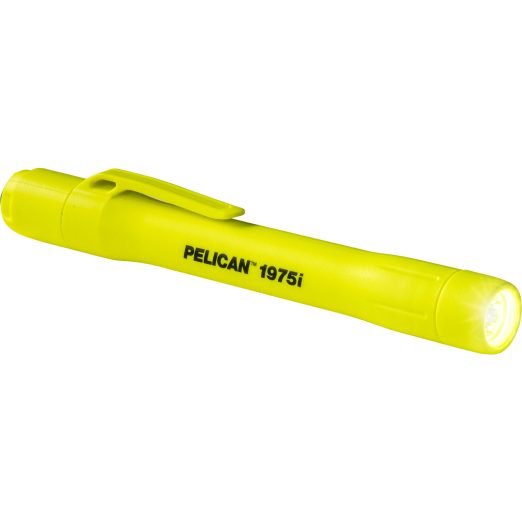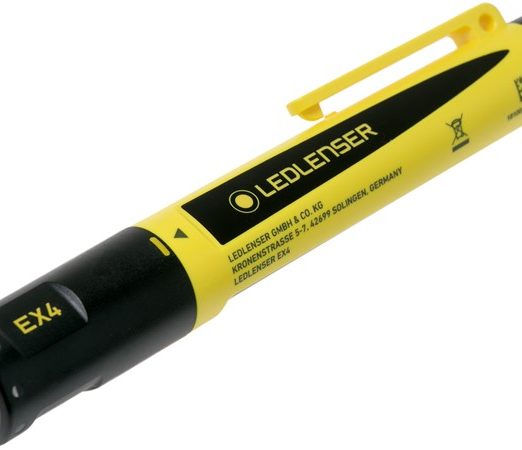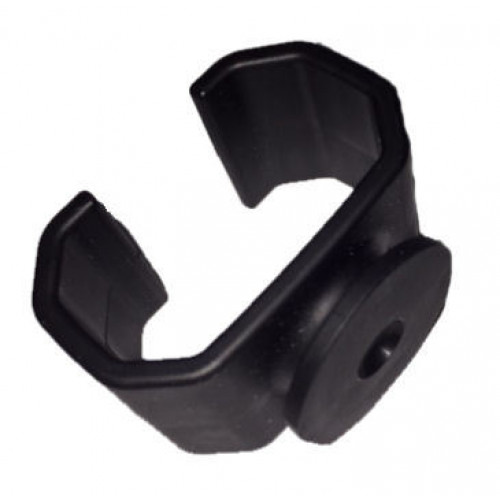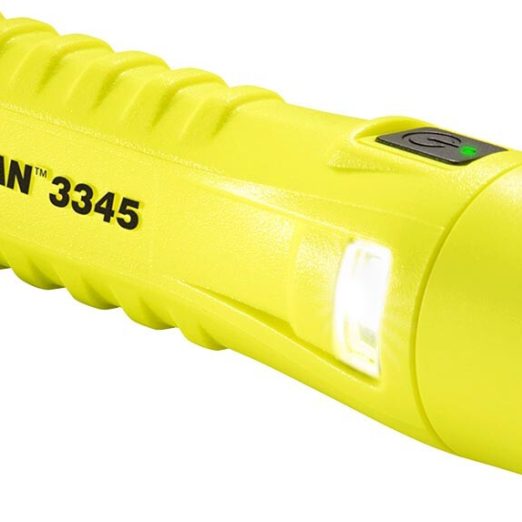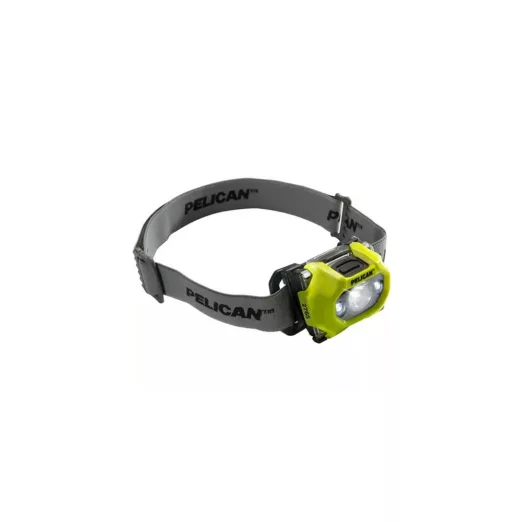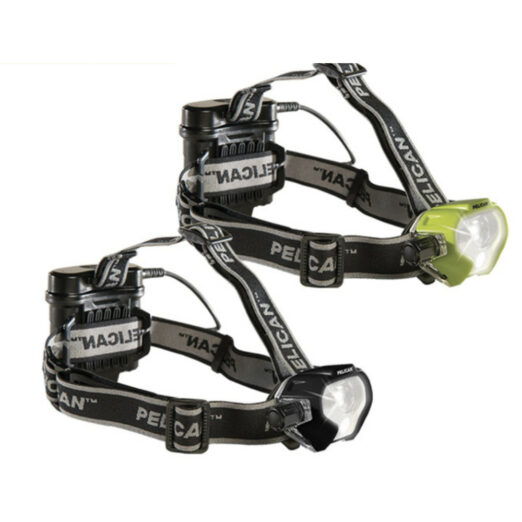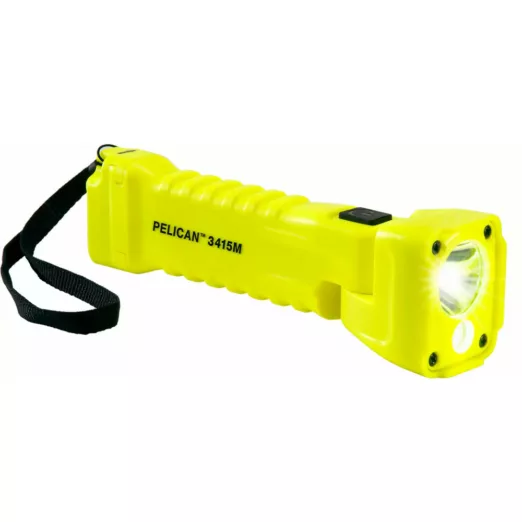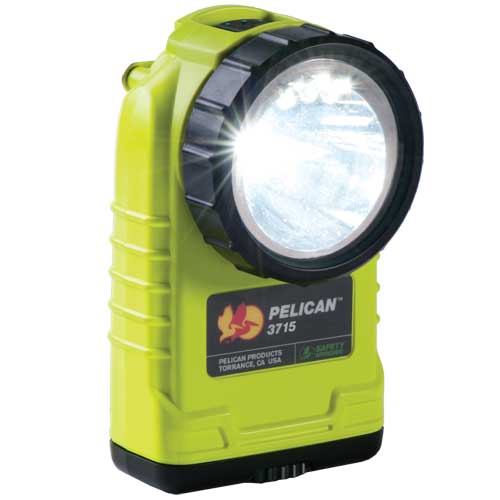Read more
What is the difference between a regular and intrinsically safe flashlight?
The main difference between a regular flashlight and an intrinsically safe flashlight lies in their safety features and certifications.
Regular Flashlight:
- Construction: Regular flashlights are often made with standard materials and do not have specific design considerations for use in hazardous environments.
- Ignition Risk: Regular flashlights may produce sparks or generate enough heat to ignite flammable substances, making them unsuitable for use in potentially explosive areas.
- Electrical Components: Regular flashlights may have electrical components that are not protected against short-circuits or electrical arcs, increasing the risk of ignition in hazardous locations.
- Certification: Regular flashlights do not undergo the same rigorous testing and certification processes as intrinsically safe flashlights.
Intrinsically Safe Flashlight:
- Construction: Intrinsically safe flashlights are purpose-built using specialised materials and construction techniques to minimize the risk of ignition or explosion.
- Ignition Risk: Intrinsically safe flashlights are designed to eliminate or significantly reduce the ability to produce sparks or generate excess heat, ensuring they can be safely used in potentially explosive environments.
- Electrical Components: Intrinsically safe flashlights incorporate intrinsically safe electrical components that are specifically engineered to prevent electrical arcs or short-circuits that could cause ignition.
- Certification: Intrinsically safe flashlights undergo stringent testing and certification by organizations such as the International Electrotechnical Commission (IEC) and the National Fire Protection Association (NFPA) to ensure compliance with safety standards for hazardous locations.
Overall, an intrinsically safe flashlight is specifically designed and certified to be used in potentially explosive atmospheres where regular flashlights would pose significant safety risks. It provides peace of mind and ensures the safety of individuals working in hazardous environments.
What are the benefits of intrinsically safe flashlights?
Intrinsically safe flashlights offer several benefits, particularly in hazardous environments. Here are some key advantages:
-
Safety: Intrinsically safe flashlights are designed to prevent the ignition of flammable substances or gases. They limit electrical or thermal energy to ensure safe operation in potentially explosive atmospheres.
-
Reliable Performance: These flashlights are built to withstand harsh conditions and provide reliable illumination in hazardous areas. They are tested and certified to meet specific safety standards, ensuring their performance in challenging environments.
-
Enhanced Visibility: Intrinsically safe flashlights often feature high lumen output, providing bright and clear illumination even in low-light conditions. This helps workers improve visibility, enhancing safety and productivity.
-
Longevity: Many intrinsically safe flashlights utilize advanced LED technology, which offers a longer lifespan compared to traditional light sources. This reduces the need for frequent bulb replacements and contributes to cost savings.
-
Versatility: These flashlights come in various sizes, designs, and power options, making them versatile for different applications. Whether handheld, head-mounted, or attachable to safety helmets, intrinsically safe flashlights can adapt to specific work requirements.
-
Compliance: By using intrinsically safe flashlights, companies can comply with safety regulations and standards set by organisations like IECEx (International Electrotechnical Commission System for Certification to Standards Relating to Equipment for Use in Explosive Atmospheres) and ATEX (Atmosphères Explosibles).
Who uses intrinsically safe flashlights?
Intrinsically safe flashlights are used by various industries and professionals working in potentially explosive environments. Some common users of intrinsically safe flashlights include:
-
Oil and Gas Industry: Workers in oil refineries, drilling sites, and pipelines use intrinsically safe flashlights for tasks such as inspections, maintenance, and repair work.
-
Mining Industry: Miners rely on intrinsically safe flashlights for underground operations, where the presence of flammable gases or dust requires specialised safety equipment.
-
Chemical Plants: Workers in chemical manufacturing facilities and storage areas use intrinsically safe flashlights to prevent ignition risks while handling volatile substances.
-
Firefighters: Intrinsically safe flashlights are an essential tool for firefighters operating in hazardous environments, ensuring reliable illumination without posing a fire hazard.
-
Industrial Maintenance: Professionals involved in electrical maintenance, machinery servicing, and troubleshooting in potentially explosive areas benefit from the use of intrinsically safe flashlights.
-
Petrochemical Industry: Refineries, petrochemical plants, and gas processing facilities utilize intrinsically safe flashlights to maintain safety standards and prevent accidents.
-
Military and Law Enforcement: In certain situations, military personnel, explosive ordnance disposal (EOD) teams, and law enforcement officers may use intrinsically safe flashlights to minimise the risk of explosions during operations.












